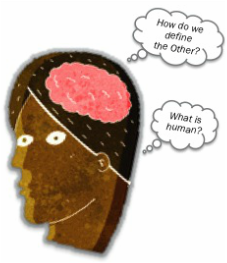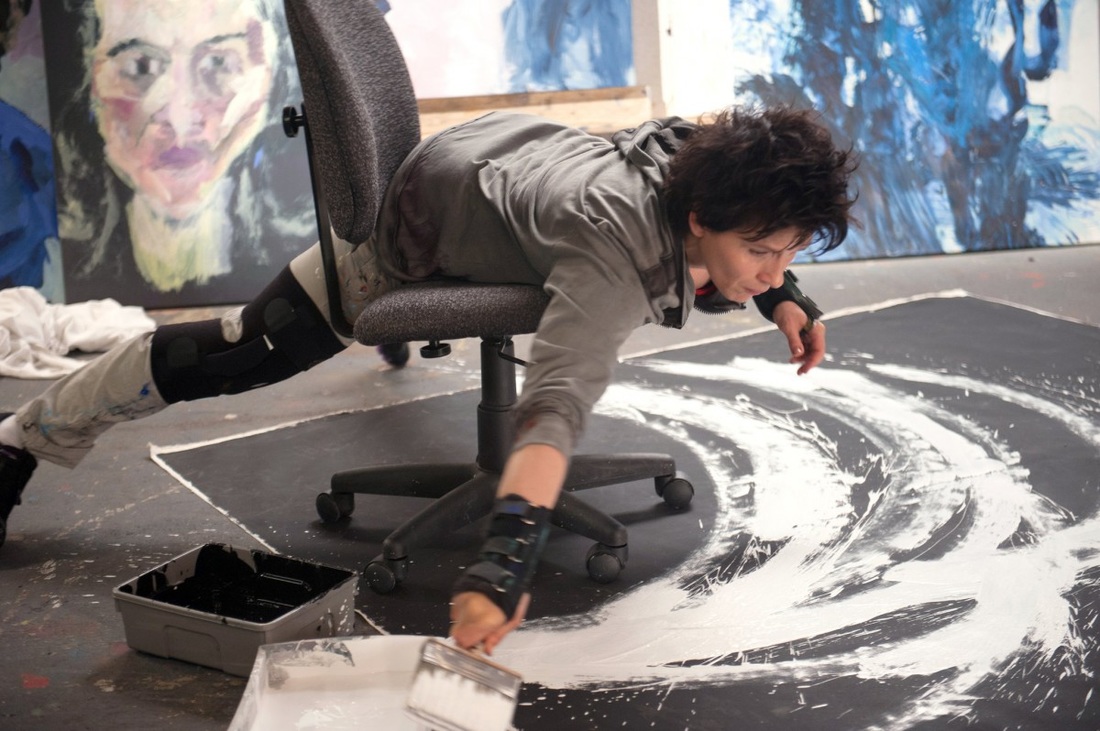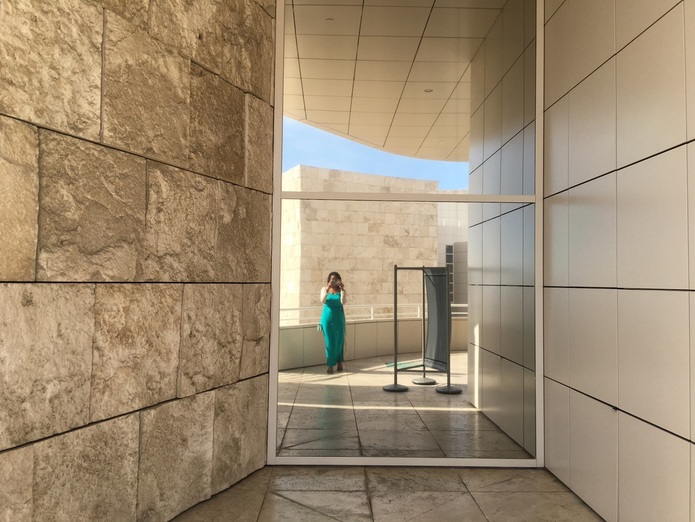What makes us human? How do we define the Other?
I'd like to invite you to join me and a panel of 6 others from the Greater Philadelphia area as we discuss these and other queries on humanity in an experimental, interdisciplinary public conversation on Thursday, April 28, 7:30pm at Swarthmore College.
Morality, Race, |
Panelists to include: |
|
Bringing the Panel Together: <Jess Wright> calls them "Medieval MRIs"
Jess described how her work connected to early Christian conceptions of deviance and the Other, and where in the brain and body 4th century Europeans assumed our capacities for love, thought, and evil were stored. These were like "medieval MRIs," she added.




 RSS Feed
RSS Feed